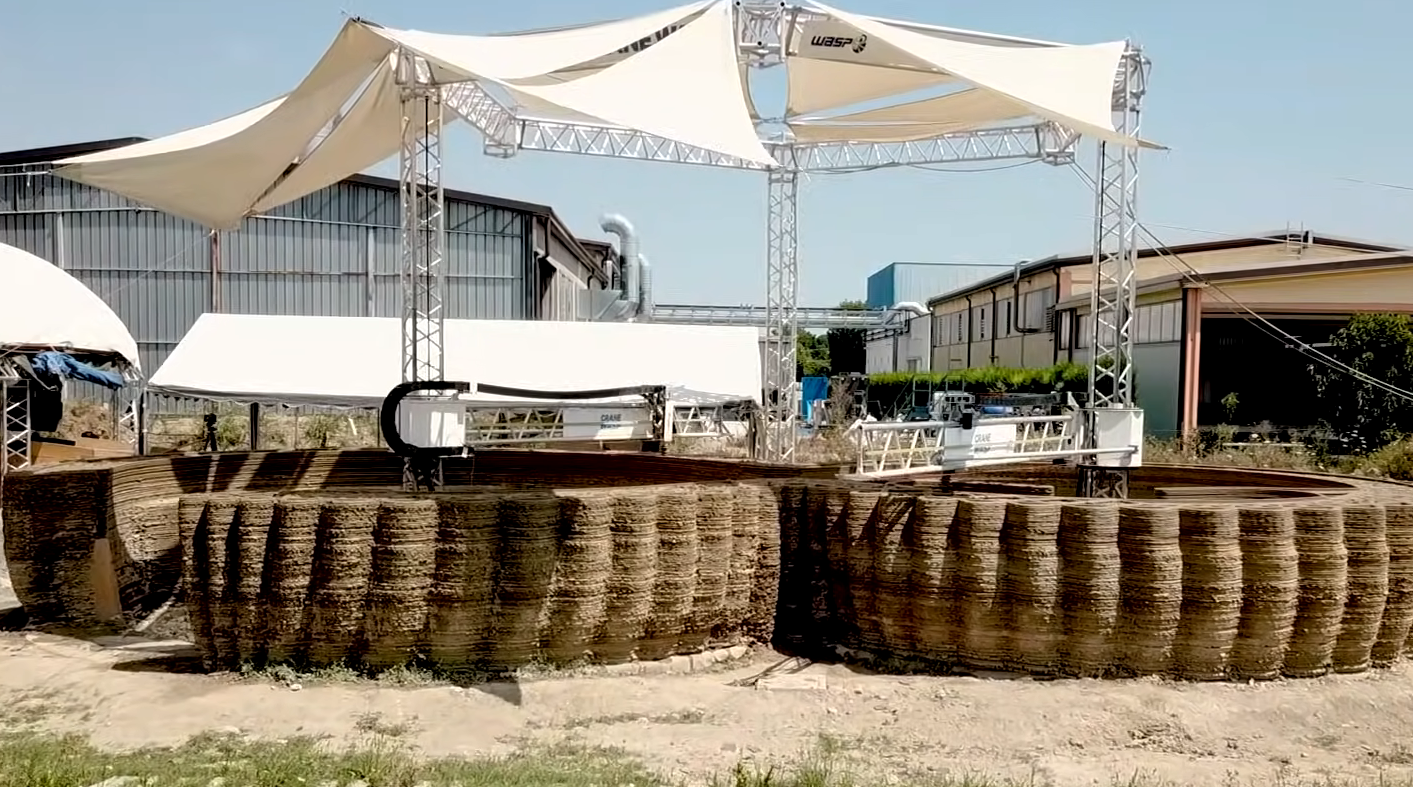
According to the research team, structures 3D-printed by the system can be produced faster and cheaper than conventional construction. The experts also noted that the structures can be completely modified to suit the needs of the area and meet the maker's preference. The researchers have also said that even the internal structure can be customized in new ways. According to the experts, various materials could be used along the process, and material density could be adjusted to come up with a viable combination of strength, insulation, or other properties. The research team said the new system may spearhead the development and construction of new building designs that were otherwise impossible to achieve using traditional construction methods.
Paper co-author Steven Keating noted that the goal of the research is to "to have something totally autonomous, that you could send to the moon or Mars or Antarctica, and it would just go out and make these buildings for years. We also wanted to show that we could build something tomorrow that could be used right away. With this process, we can replace one of the key parts of making a building, right now. It could be integrated into a building site tomorrow."
Parts and specs of the new 3D-printing system
The 3D-printing system is essentially a tracked vehicle that carries a large, industrial robotic arm. The robotic arm contains a smaller, precision motion robotic arm at the tip, the researchers said. According to the experts, this component can then be controlled to direct either conventional or unconventional construction nozzle. The smaller arm can be fitted with various other implements as a welding system or a spray head that shoots out building materials.
The research team said that unlike traditional 3D-printing systems that are fixed and stationary, the Digital Construction Platform is a free-moving system that enabled the construction of an object of any size. The system was also equipped with a scoop that could be used to acquire local material and prepare the building's surface. In addition, the researchers noted that the system could be operated electrically. The 3D-printing system can also powered by solar panels, the researchers added.
The MIT researchers looked into the possibility of deploying the system in remote regions. The research team also hopes to use the system during disaster relief to help victims gain quick access to shelter. However, the researchers confirmed that it may still take five to 10 years to make it happen.
"Making it faster, better, and cheaper is one thing. But the ability to design and digitally fabricate multifunctional structures in a single build embodies a shift from the machine age to the biological age — from considering the building as a machine to live in, made of standardized parts, to the building as an organism, which is computationally grown, additively manufactured, and possibly biologically augmented. So to me it’s not merely a printer, but an entirely new way of thinking about making, that facilitates a paradigm shift in the area of digital fabrication, but also for architectural design. … Our system points to a future vision of digital construction that enables new possibilities on our planet and beyond," researcher Neri Oxman said in MIT News.
Sources include:
Please contact us for more information.























